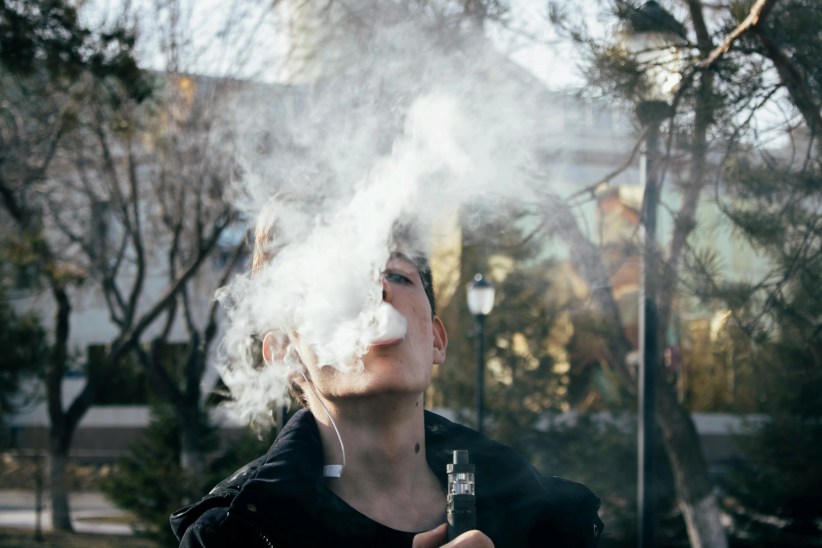By Michelle Han
Nearly six months after the rare West Nile Virus broke out in northeastern Queens and prompted massive aerial spraying, a group of experts last weekend took a step back from the fear that gripped much of the borough and offered listeners a detailed analysis of the outbreak and its repercussions.
The purpose of the discussion, co-sponsored by the Alley Pond Environmental Center and the Queens Green Party, was to combat “misinformation” about the West Nile virus and the chemical spraying used to combat it, organizers told the crowd of about 50 people at APEC's Douglaston headquarters.
The virus, which first appeared in the Whitestone vicinity and then spread across the city, left seven dead and 62 others infected.
“A lot of questionable information was published,” said the Green Party's David Levner, who criticized Mayor Rudy Giuliani for repeatedly describing malathion, primarily used for the spraying, as “safe.”
William Nieter, APEC's president, said the environmental group planned the educational seminar six months after the outbreak began to avoid the “climate of hysteria” that surrounded initial stages of the city's response.
The city was caught off guard in August when cases of the virus, which had never before been seen in the Western Hemisphere, began sprouting up first in the Whitestone area of Queens and the South Bronx, and made its way to Brooklyn, Manhattan and Staten Island.
The virus spread primarily through mosquitoes that bit infected birds and then humans. Birds infected with the virus were found as far as Suffolk County, Westchester County, New Jersey, and Baltimore.
To counter the spread of the disease, the administration began an aggressive ground and aerial spraying program, primarily using the chemical malathion, in all five boroughs.
The forum Saturday was another opportunity for critics to air frustration at the mayor's aggressive countermeasures and question whether the spraying of pesticides created a greater health risk than the disease itself.
Other panelists included: Dr. Jim Miller, a physician formerly of the city Health Department's communicable diseases bureau and now coordinator of mosquito surveillance and control; Dr. Basil Tangredi, a wildlife rehabilitator and member of the Huntington-based Volunteers for Wildlife; Terry Jewett of the New York State Audubon Society and chairman of its pesticide task force; Steve Greenspan, a licensed pesticide applicator who opposes the use of malathion; and Steve Carbo of the New York Public Interest Research Group.
Jonathon Cornell, a junior high school student at MS 158 in District 26, presented an argument against the use of malathion based on his studies for a science project.
Like Cornell, most of the panelists were critical of the spraying, favoring public education and the use of alternative measures, such as applying larvicides to breeding mosquitoes before they become airborne.
“Was the cure worse than the disease?” asked state Sen. Frank Padavan (D-Bellerose) from the packed audience. “We don't really know.”
Miller said there was no anecdotal or scientific proof that the chemical spraying created a health risk.
“We did not do a systematic effort to try to document the effects of pesticides,” Miller said.
“We have it documented,” said Bay Terrace activist Joyce Shepard, who said many residents became ill only after the spraying began.
Others complained that those with respiratory ailments like asthma were particularly sensitive to the chemical spraying and became the unfortunate victims not of West Nile virus but of the chemicals used to combat it.
Miller defended the administration's decision to use chemical spraying, saying the city was caught off guard.
But this year, he said, the city has had more time to consider what it would do in case there is a recurrence of the disease and has created a contingency plan.
He said the plan includes funds for chemical spraying in the event it is necessary, but noted that officials will emphasize a careful monitoring of any symptoms of the disease, public education, and the use of larvicides instead of aerial sprays.

































